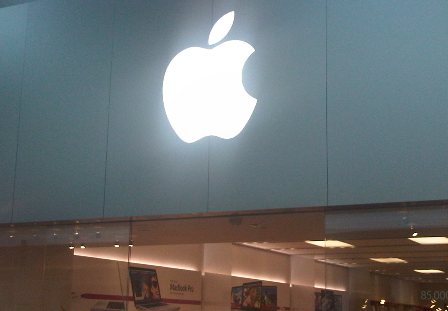
Not really, it just seemed like the sort of over-the-top thing a rabid Mac fan might say.
But I did replace my main Windows PC with a MacBook Pro. I’ve used Apple products occasionally over the decades, going all the way back to the Apple II, IIe, IIgs, and orignal 1984 Macintosh. I’m not “switching”, but rather adding; our client projects at Oasis Digital continue to run primarily on Windows or Linux. Our Java work runs with little extra effort on all three platforms.
Here are some thoughts from my first days on this machine and OSX:
- The MacBook Pro case is very nice. I didn’t see any Windows-equipped hardware with anything similar. The high-tech metal construction is an expensive (and thus meaningful) signal that Apple sends: Apple equipment is high end. The case also has the great practical benefit of acting as a very large heat sink.
- The MPB keyboard is a bit disappointing; I miss a real Delete key (in addition to Backspace), Home, End, PageUp, PageDown. At my desk I continue to use a Microsoft Natural Keyboard, so this is only a nuisance on the road.
- I bought a Magic Mouse for the full Apple experience; but I’ll stick with a more normal mouse (and its clickable middle wheel-button) for most use. I find wireless mice too heavy, because of their batteries.
- Apple’s offerings comprise a fairly complete solution for common end user computing needs; for example, Apple computers, running Time Machine for backup, storing on a Time Capsule. I didn’t go this route, but it is great to see it offered.
- Printing is very easy to set up, particularly compared to other Unix variants.
- VMWare Fusion is fantastic, and amply sufficient to use this machine for my Windows work. Oddly, my old Windows software running inside seems slightly more responsive than the native Mac GUI outside (!).
- I need something like UltraMon; the built in multi-monitor support is trivial to get working, but the user experience is not as seamless as Windows+UltraMon. For example, where is my hotkey to move windows between screens, resizing automatically to account for their different sizes?
- Windows has a notion of Cut and Paste of files in Explorer. It is conceptually a bit ugly (the files stay there when you Cut them, until Pasted), but extremely convenient. OSX Finder doesn’t do this, as discussed at length on many web pages.
- I would like to configure the Apple Remote to launch iTunes instead of Front Row, but haven’t found a way to do so yet. No, Mr. Jobs, I do not wish to use my multi-thousand-dollar computer in a dedicated mode as an overgrown iPod. Ever.
- The 85W MagSafe power adapter, while stylish and effective, is heavy. I’d much prefer a lighter aftermarket one, even if it was inferior in a dozen ways, but apparently Apple’s patent on the connector prevent this. I’d actually be happy to pay Apple an extra $50 for a lightweight power adapter, if they made such a thing.
- This MBP is much larger, heavier, and more expensive than the tiny Toshiba notebook PC it replaces; yet it is not necessarily any better for web browsing, by far the most common end user computer activity in 2009. This is not a commentary on Apple, it merely points out why low-spec, small, cheap netbooks are so enormously popular.

